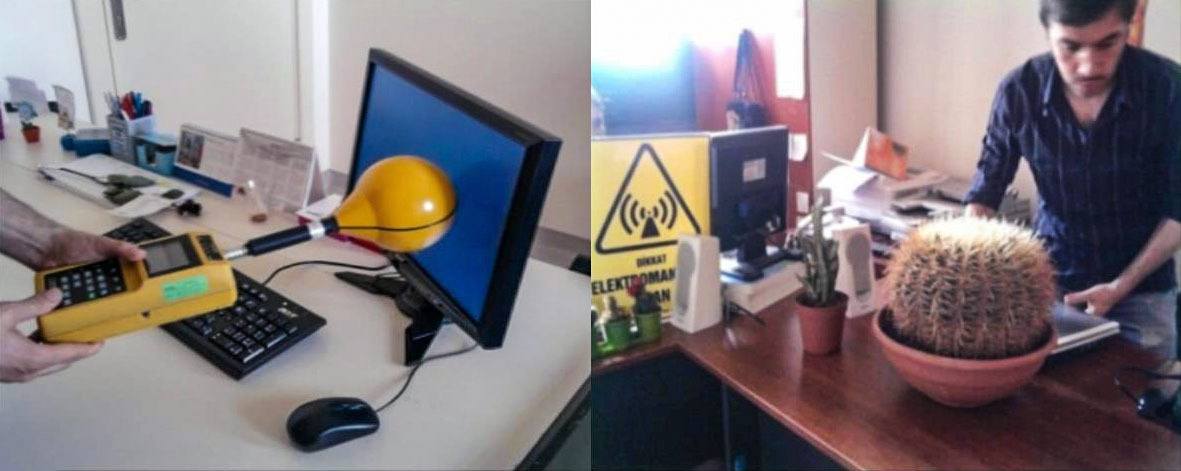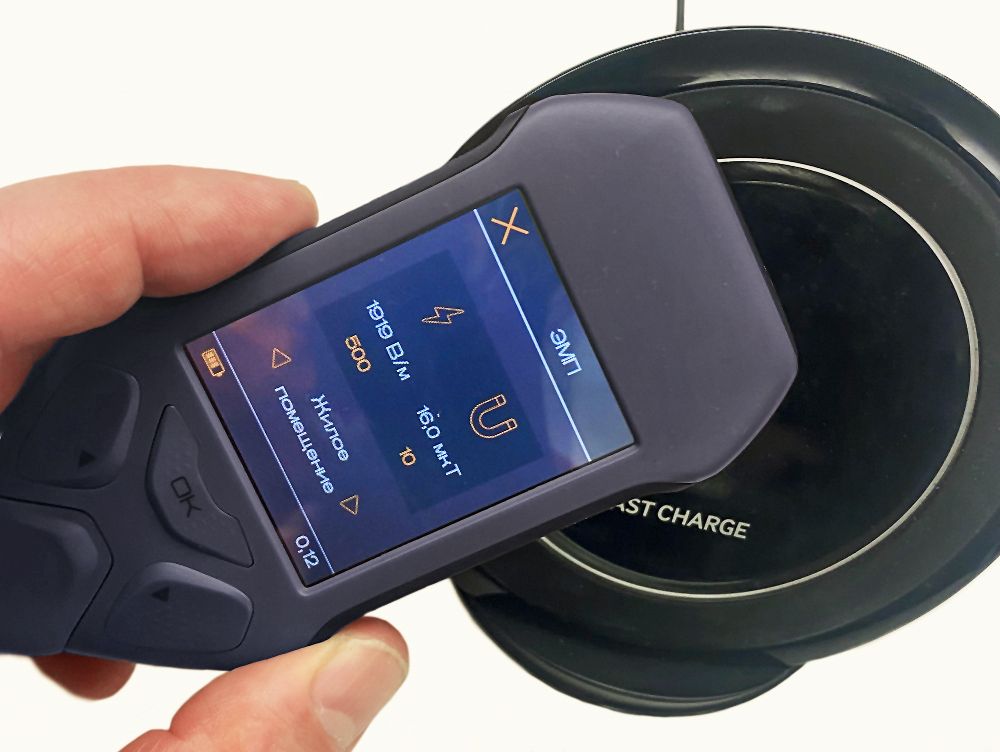Our colleagues recently investigated the extent of some misconceptions in the field of computer security. And they could hardly not include the best-known security tool of all: the humble cactus. As it turns out, more than a third of respondents (37%) believe that cacti absorb harmful radiation from the monitor.
It’s tempting to just dismiss the notion as a myth, but behind every myth lies a grain of truth. In this case, the story is very instructive if you happen to care about your health.
From outer space to the computer monitor screen
It’s unclear when exactly the protective properties of the cactus were first mooted. Some sources mention a “NASA study”, but without providing a link. That said, NASA has indeed been studying the effect of cosmic radiation on plants for quite some time. Moreover, space researchers are extremely interested in the impact of ionizing (X-ray and Gamma ray) radiation — one of the main health risks in space. And it wouldn’t be at all surprising if cacti showed good results in such experiments — after all, they survive well in equatorial deserts, where the sun bombards them with ultraviolet radiation (which is of a similar wavelength to X-rays) practically constantly.
But in applying these observations to “harmful radiation from the monitor”, three questions arise:
- Do computer monitors produce ionizing radiation?
- Do computer monitors produce other harmful radiation?
- Do cacti help to protect against it?
The first question is easy to answer with the help of a dosimeter. No, modern monitors don’t emit such ionizing radiation (like X-rays), which would exceed the natural background radiation.
However, all electrical appliances are a source of other electromagnetic radiation at lower frequencies. And since the term “radiation” has a negative connotation for many, some people are confused. This is probably why NASA’s space research got transferred to household appliances and the electromagnetic fields they produce.
Okay, let’s take a closer look at this non-X-ray radiation (don’t worry, it’s safe to do so). The effect of cacti on monitor radiation was studied in 2018 by researchers at two universities in Turkey. They collected cacti of different types and sizes (some very large), as well as various computer monitors: both old cathode ray tube ones (CRTs) and the more modern liquid crystal (desktop and laptop) displays (LCDs). Different cacti locations were also tested: both in front of and behind the monitors.

No matter where the cactus was placed, it had no effect at all on the strength of the magnetic field.
The Turkish scientists measured the magnetic field strength of the monitor both with and without cacti, and in all cases the plants had no effect at all. So there you have it: cacti don’t eat up electromagnetic radiation from monitors. That’s the first myth duly busted.
What electromagnetic fields are harmful?
The hardest question remains: what harm does electromagnetic radiation cause? The question cropped up in the Turkish study, and in many others. Strong electromagnetic fields are indeed harmful: in particular, they increase the risk of cancerous tumors. As such, both general WHO recommendations and more detailed safety standards exist, which specify the maximum permissible strength of electromagnetic fields (EMF).
The good news is that modern LCD and laptop monitors don’t produce dangerous EMFs. The bad news is that many household appliances around us do indeed generate very powerful and often harmful electromagnetic fields. Old CRTs are one culprit, but they’re far from the only ones.
You can analyze your home or office yourself using a device that measures electric field strength (in volts per meter) and magnetic flux density/intensity (in microteslas). It should be noted though that the safety standards for different countries can vary greatly (see the comparative table).
In many European countries the maximum permissible intensity of an alternating electric field with a frequency of 50/60Hz (the AC frequency in the socket) in residential areas is 5000V/m, and the maximum intensity of the magnetic field is 100 microteslas. However, in some countries the limits are stricter, i.e., lower: for example in China (4000V/m), Japan (3000V/m), the Czech Republic and Croatia (2000V/m), and Poland (1000V/m). Meanwhile, the most stringent standards of all are those in Russia: in residential premises, the electric field should not exceed 500V/m, and magnetic induction – five microteslas.
This pertains to radiation that’s produced by the current from our sockets, as well as household appliances using this current. But many modern devices produce radio frequency emissions that are even more “energetic”; that is, they transmit more energy into living tissue due to their higher frequency. Therefore, the safety standards for them are much stricter. For instance, in most European countries, for radiation with a frequency of 900MHz (at which modern mobile devices operate), the permissible electric field strength is 41V/m, and the magnetic induction of such emitters should not exceed 0.14 microteslas.
Let’s check what values are to be found in a modern apartment. Measuring a socket with a smartphone charger, we see that the electric field strength is 1296V/m and the magnetic induction is 14.6 microteslas. Not very healthy, judging by Russian, or Polish, or Slovenian standards. And a wireless smartphone charger, despite its small size, generates a much stronger field: 1919V/m and 16 microteslas.

A Fast Charge wireless charger generates even stronger EMFs — not surprisingly since it charges devices wirelessly.
Even more powerful electromagnetic fields can be found near electric stoves (especially induction ones), refrigerators, microwave ovens, and Wi-Fi routers.
How to handle harmful fields?
The above-described norms are not set in stone, especially since they vary from country to country — and not only with regard to the prescribed limits, but also the very parameters chosen for measurement. For example, some safety standards evaluate not the intensity of electromagnetic radiation, but the maximum time a person can be exposed to it without harmful effects.
So, to analyze your specific case, it’s better to get expert advice. We’ll simply add a few tips for protecting against harmful EMFs. There are two main technical means and one, let’s say, humanitarian.
The first technical method is screening — the installation of special metal mesh structures between the user and a powerful electrical appliance. This method is quite often used in industry, but very rarely in everyday life.
The second method is more applicable to the home: ensuring that electrical appliances are correctly grounded to dump “surplus electricity” from your devices. Better to call in a professional electrician than attempt it yourself. And even an experienced electrician might not be able to help if the design of your building doesn’t allow grounding.
But the third method of defense you can always implement yourself. Called the “inverse square law,” it states that EMF strength decreases rapidly with distance from the radiation source (inversely proportionally to the square of the distance from the source, to be precise). Therefore, at 1.5–2 meters away from almost any home device, its radiation is weak and not harmful.
In other words, don’t go to bed with your head pressed against a socket holding a couple of mobile phone chargers, or sit at the desk with your back against a Wi-Fi router. Just apply that same “distance rule” in respect of electrical appliances that you were probably told in childhood every time you ran to watch the TV.
And to make this rule easier to follow, try marking the area around the device in question. For example, surround it with large cacti. And if someone kindly informs you that these plants don’t guard against harmful radiation, tell them about the inverse square law and the helpful role played by your prickly pals. They don’t stop the radiation reaching the person — rather the person reaching the radiation.
So, is it fact or fiction that cacti protect from harmful radiation?
Fiction. The study showed that cacti have no effect on electromagnetic radiation whatsoever. But there are still useful for fencing off household appliances that generate EMF.
 Fact or Fiction
Fact or Fiction

